One of the greatest charms of teaching is the opportunity to transport students back in time and space to explore the grand narratives that have shaped our civilization. With my latest educational resource - "Leda and the Swan," - we journey to ancient Greece, where gods, mortals, and mythical creatures intertwine in tales of love, power, and transformation.
Leda, the Swan, Zeus, and even the infamous Helen of Troy play critical roles in this captivating narrative. If these names spark your curiosity, this resource is your roadmap into their world.
 | |
|
Multifaceted Learning Experience
This comprehensive digital download is designed to provide a robust, enriching learning experience. It includes a well-structured three-day lesson calendar with teacher's notes to help you smoothly navigate through the materials. A detailed anchor chart of key characters and locations sets the backdrop of the narrative, inviting students to visualize the surroundings of Sparta and the broader Mediterranean region through a map activity.
Engaging Content, Packed with Features
Dive deeper into the myth with our reading cards, focusing on different variations of the "Leda and the Swan" myth and its connections to art and literature. The student-friendly reading protocol simplifies the process, making the narrative more accessible to learners.
The resource includes a 15-count question bank and a custom note-taking template to enhance understanding and encourage active participation. This method encourages accountability and reinforces the lesson content.
Vocabulary Learning Made Fun
Frayer Model Vocabulary Cards are another highlight. Students can enrich their understanding of terms, geography, and challenging words that fit into the story context by visualizing vocabulary in a four-section square- for meaning, examples, non-examples, and a sketch.
Comprehension and Critical Analysis
A half-sheet exit ticket system allows you to measure student understanding towards the end of the lesson, providing valuable feedback. The resource also includes a writing activity and a summative assessment that involves students tracing the myth's variations and delivering a literary analysis, complete with a grading rubric and sample answer set.
In-Depth Exploration
The further reading list offers a wealth of additional resources for students who wish to explore the myth more comprehensively. Use these resources for additional assignments, independent studies, or group projects, encouraging a deeper dive into the narrative.
The resource provides answer keys for all student-facing documents for teacher convenience, offering guidance on expected student responses.
Integrating into the Curriculum
Designed with high school students in mind, the "Leda and the Swan" resource fits perfectly into an English Language Arts Mythology unit. It provides an opportunity to discuss animals in literature, metamorphoses, gender roles, relationships, and the syncretic nature of myths.
The resource can serve as a stand-alone lesson or pair nicely with a larger unit on early Greek myths, primordial stories, Percy Jackson and the Lightning Thief, Robert Graves's Greek Myths, or Edith Hamilton's Mythology.
Explore More Myths
For more mythology-related resources, explore the stories of The 12 Olympians, Cupid and Psyche, Zeus and Metis & The Birth of Athena, Europa and the Bull, and many more lessons included in the Middle and High School Mythology Series.
In conclusion, I sincerely thank the New York Public Library Digital Collections for their immense contribution to public domain materials. Join me in this journey through the timeless narratives that have shaped human history and thought, only at Stones of Erasmus, © 2023 stonesoferasmus.com.
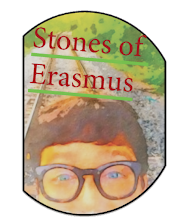

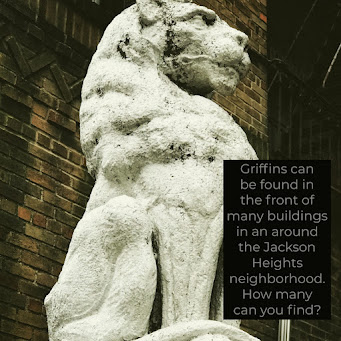



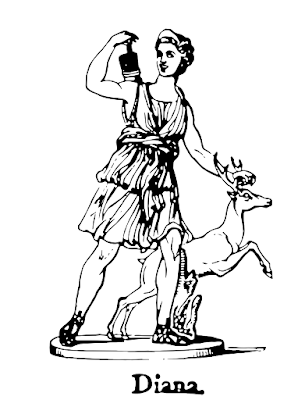




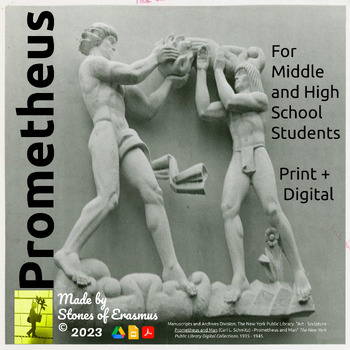



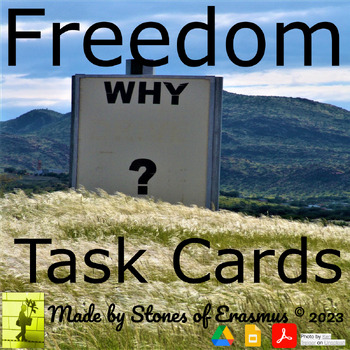
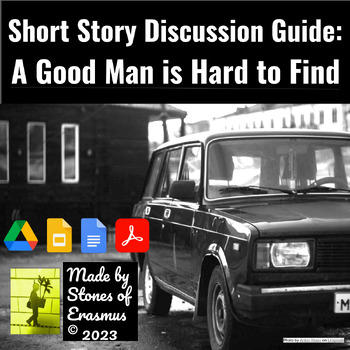
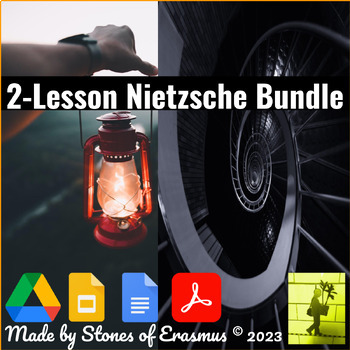
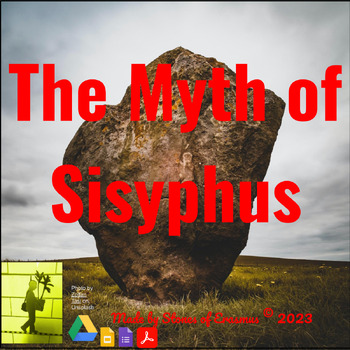


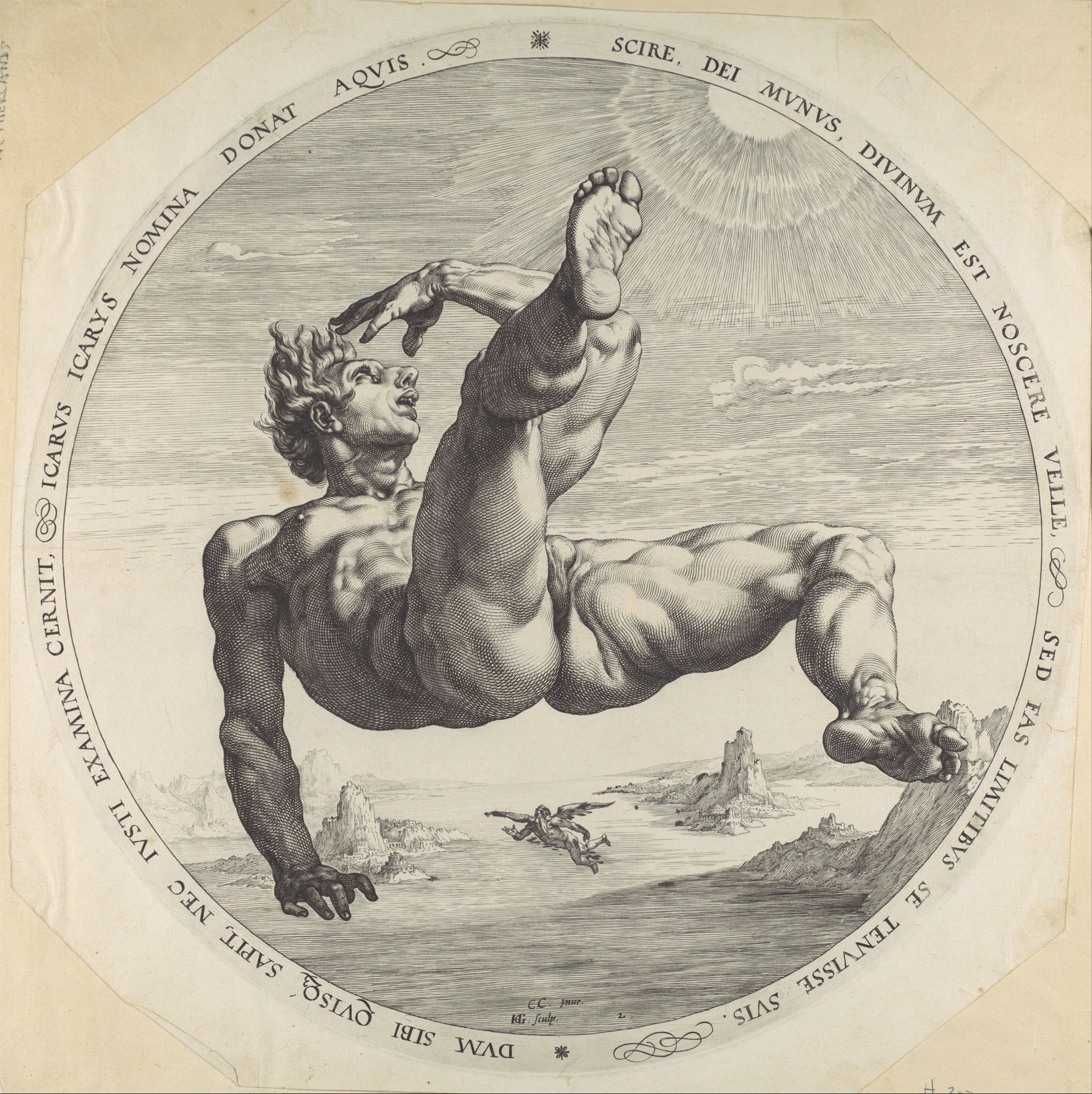




.jpg/800px-Oedipus_und_die_Sphinx_(Gustave_Moreau).jpg)
